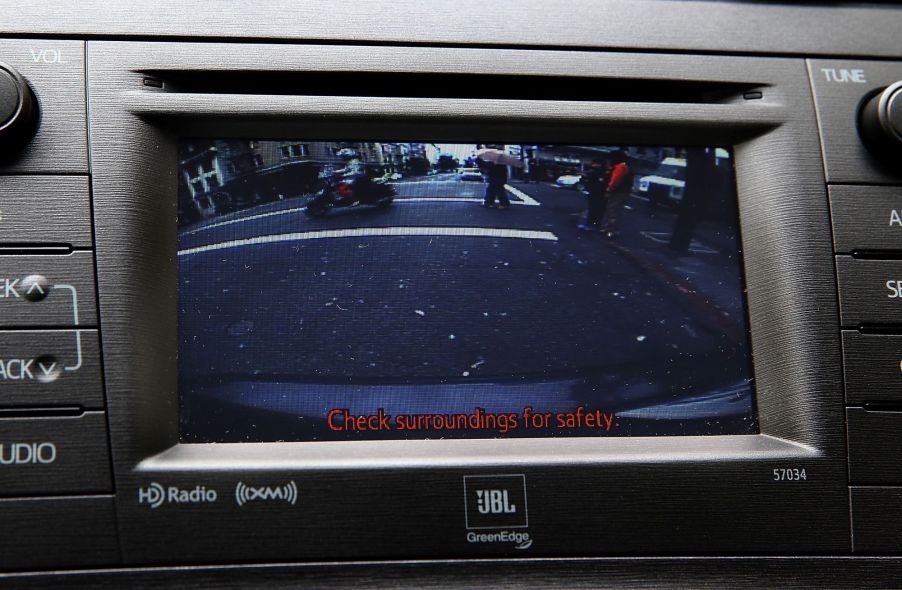
Can Backup Cameras Really Prevent Accidents?
Today’s vehicle models have come a long way in terms of car safety. The seatbelts and airbags are important, but driving is a far safer activity because of groundbreaking technology, such as the backup camera.
Many models come equipped with backup cameras. Once you have one, it’s hard to imagine life without them. But does having rear visibility through a camera really prevent accidents?
The safety metrics for backup cameras

There are clearly several advantages of buying a car equipped with a backup camera. As shared by Edmunds, obvious safety benefits include providing a broader field of vision for accident avoidance, eyes beyond the rear window, and trunk level will eliminate trunk-level blind spots.
Rearview cameras are game-changers for those routinely trying to park in tight spaces. With the audible warning alerts and on-screen guidelines, parallel parking is a breeze. The backup camera takes the guesswork out for anyone towing a trailer.
The metrics are coming in regarding the safety benefits of having backup cameras in today’s vehicles. Cover shared some of the data collected by the Insurance Information Institute, reviewing crash analytics across 22 states. Collisions were cut by 16 percent for those models equipped with backup cameras, supporting the theory that people are less likely to reverse into obstacles using those cameras. The instances of death associated with cars in reverse also dropped between 2008 and 2011, from 274 to 189. Overall injury numbers also fell by about 1,000 instances within that same timeframe.
Continued risks and setbacks
Much like the existence of side mirrors, the backup camera is only helpful if you actually use it. Rear cameras are merely tools to help with visibility, not a guarantee of car safety. Studies even suggest that nearly 20% of drivers don’t always look at rearview screens when in reverse, relying solely on warning tones.
Another setback with the use of backup cameras involves the misconception that visibility eliminates accidents. Incidents in reverse still happen and result in 210 fatalities every year, 31% of which represent children under five. These incidents point to backup cameras not showing certain areas behind the vehicle, and they don’t provide a wide enough view below the trunk.
Some of the best backup cameras are in these cars
If your current vehicle doesn’t come with a backup camera, your next vehicle probably will. As of 2018, federal law requires all passenger vehicles, including trucks, vans, and cars, to come with backup monitoring technology. There are a host of aftermarket installs worth considering for consumers driving older models who want the tech.
Motor and Wheels put together a list of today’s vehicles that come with some of the best rearview camera technology. Toyota has a few contenders at the top of the list, including the Camry and Avalon. Also on this list is the Volkswagen Arteon, Lexus ES, Audi A6 Allroad, Acura TLX, and the Nissan Altima. This list also points out that in addition to these backup cams, these models come with a robust menu of driver assistance features, safety technology, and crash test endorsements from NHTSA and IIHS.
Ultimately, backup cameras reduce accidents and have become a mandatory car safety feature for new models. But don’t forget to use your camera when in reverse and never rely solely on the tech to avoid obstacles.


